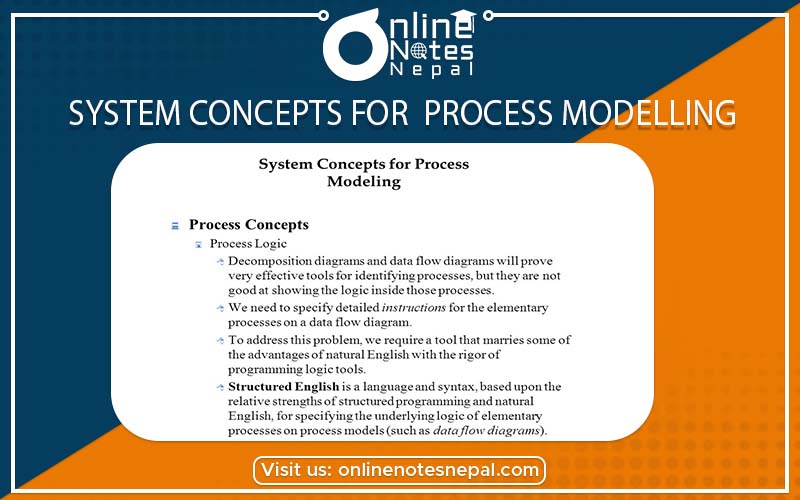Published by: Nuru
Published date: 16 Jun 2021

Process Modeling definition can be described as a set of activities that must be followed to allow the creation of one or more models for representation, communication, analysis, design, synthesis, decision making, and control of the business. It aims to understand the inner workings of the organization – from end to end. For this reason, various artifacts are used such as organization charts, positioning diagrams, process flows, among others. They provide an overview of the activities performed by employees on a daily basis, creating a basis for studies, process improvement, cost estimates, and a correct understanding of business processes.
Some of the concepts for Process Modeling are:
In the most basic sense, a business model is a method of doing business by which a company can sustain itself, that is, generate revenue. The business model spells out how a company makes money by specifying its position in the value chain.
Once the modeling is complete, it can provide a better understanding and possible business improvements, identifying candidates for automation activities, defining business support systems, and identifying outsourcing opportunities if it is an interesting solution for the company.
It particularly focuses on describing the data of business processes, known as “artifacts”, featuring the relevant data from business objects, their life cycles, and related services. The central business process artifacts promote the automation of business operations and support the flexibility of the promulgation of workflow and evolution.